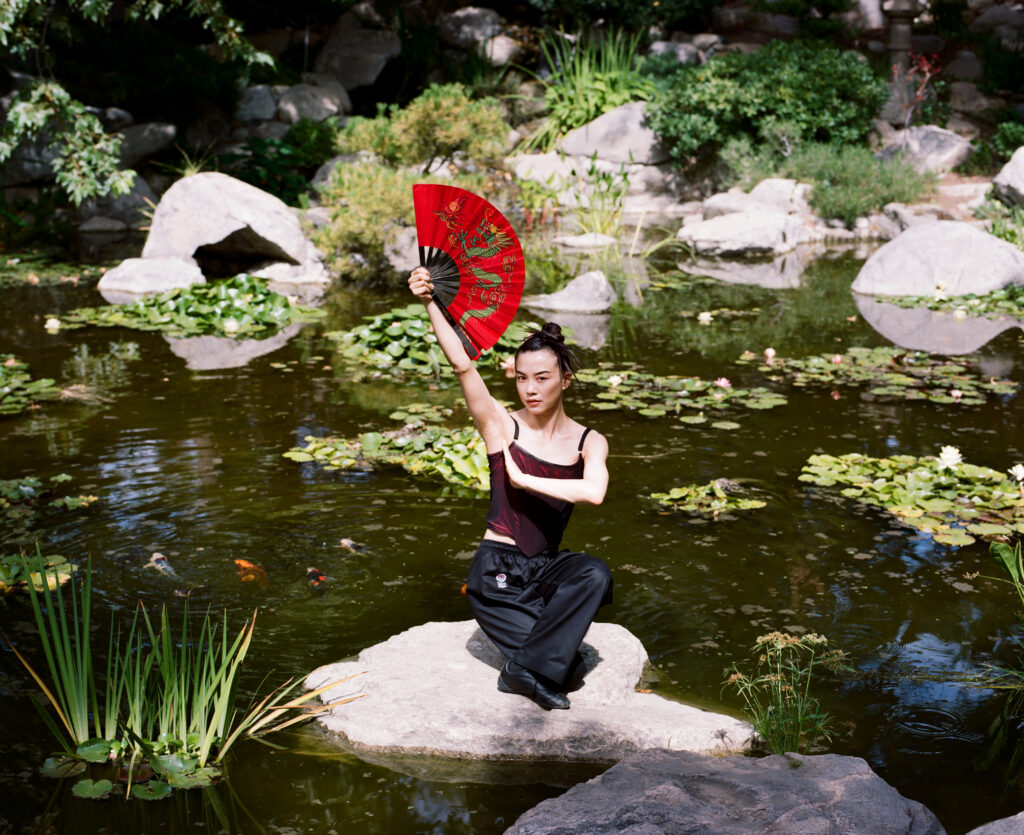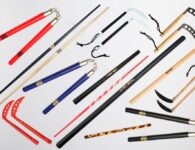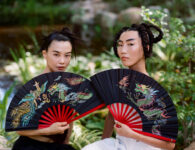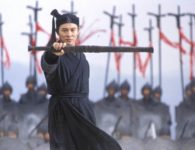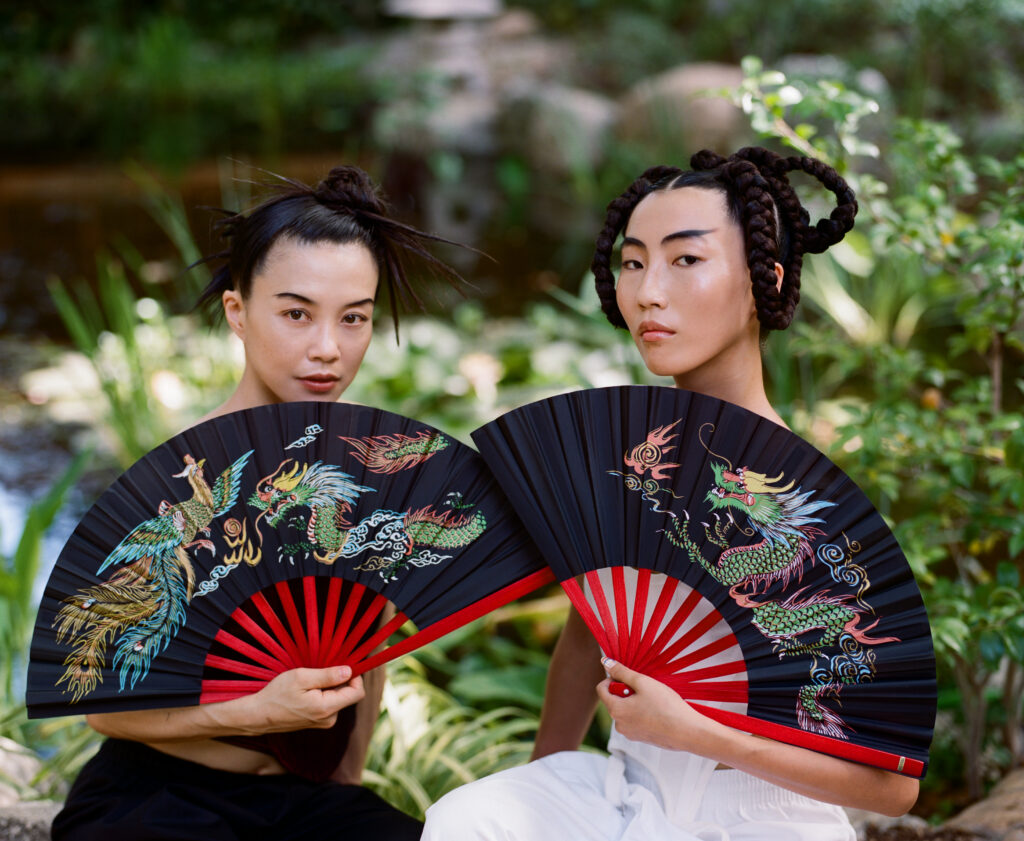
Every martial arts weapon has its own unique and exciting history, uses, and style. But fighting fans might be the most intriguing of all.
Let’s take a look at the history and the modern day practices involving these beautiful but surprisingly powerful martial arts weapons.
A Brief History of Fighting Fans
Like many martial arts weapons, martial arts fans began their existence as an everyday tool with a far more obvious applications. People used them to stay cool. In some cultures, fans also took on a ceremonial purpose and became a part of formal uniforms. The fact that fans were so common—and that they seemed so harmless—made them an ideal stealth weapon, though. Recognizing this potential, martial artists began to use the fans in combat and self-defence.
This development wasn’t an isolated incident. The evolution of the fan into a martial arts weapon is actually a case of multiple discovery. Martial artists in a number of countries each began to create their fan techniques in their own martial arts disciplines.
Today, martial arts fans are used and appreciated all over the world. They’re employed as a weapon in combat and forms in a variety of martial arts. And they’re treasured as a keepsake by many martial arts enthusiasts.
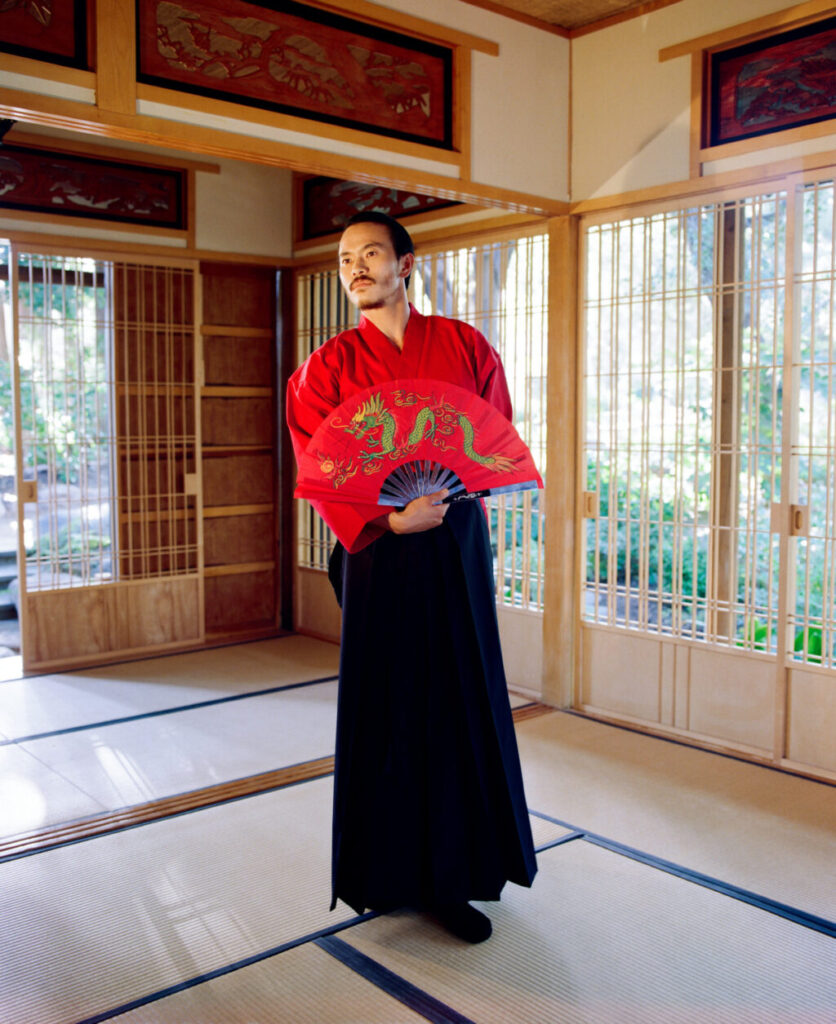
Tessen Jutsu
Tessen Jutsu ( which means Iron fan technique in English) is a Japanese martial art that focuses on techniques that involve a solid or folding iron fan. Its exact origins are a matter of debate among historians, but the use of fans in combat settings is a centuries old tradition. References to it even appear in early Japanese mythology.
Martial arts fan training became more widespread—and more lethal—during the Sengoku period. Samurai formally trained with fans in the Edo period and learned how to use them in defence against a wide range of weapons.
“The practitioners of Tessen Jutsu could acquire a high level of skill,” Mark Lutman writes for The Shinobi Kai Ninpo Bugei Dojo. “Some became so skilled that they were able to defend themselves against an attacker wielding a sword, and even kill an opponent with a single blow. Like so many other Japanese arts of combat during this era, Tessen Jutsu reached a high level of sophistication. For example, a famous swordsman in the late 16th century, Ganryu, was able to defeat several enemies with an iron fan.
“Apart from using it in duels against enemies armed with swords and spears, the skilled wielder could also use it to fence and fend off knives and poisoned darts thrown at him. Like a sword, the Tessen could be dual-wielded to parry with one hand and attack with the other.”
Although its prevalence has decreased since the end of the Edo period, Tessen Jutsu is still practiced today.

Tai Chi/ Kung Fu Fan
Fans in China have a similar ceremonial and decorative history. In art, their use in formal dress can be traced back to the Han Dynasty. And it’s possible that some of those fans were used as impromptu tools of self-defence over the centuries. But in China, the appearance of fans in formal martial arts training in Kung Fu and Tai Chi is a far more modern development.
Just how recent? According to a blog post from Cold Mountain Internal Arts, The Flying Rainbow Fan system was developed in the 1970s. And it’s only within the past few decades that the fan’s use as a performance weapon has truly caught on. But the martial arts fan’s popularity and applications are growing. Fan forms currently exist in the Wudong, Shaolin, Yang, and Chen Tai Chi traditions.
Cold Mountain also offers this breakdown of how and why martial arts fans can be effective weapons:
“While the emphasis of the art is upon exercise and aesthetics, there is a practical martial aspect to fan practice. The folded fan can be used to thrust like a sword into an opponent’s throat or solar plexus or chop like a sabre to an exposed wrist.
“It can be suddenly opened so as to startle the opponent or to attack the eyes or throat with its vanes. When folded, it also can be used to enhance the leverage applied in qin-na / locking techniques or used to hook the opponent’s ankle or head for a throw. The movements of the fan range from gently deflective brushing motions to powerful thrusts, chops, and butt-end strikes which can cause severe damage.”
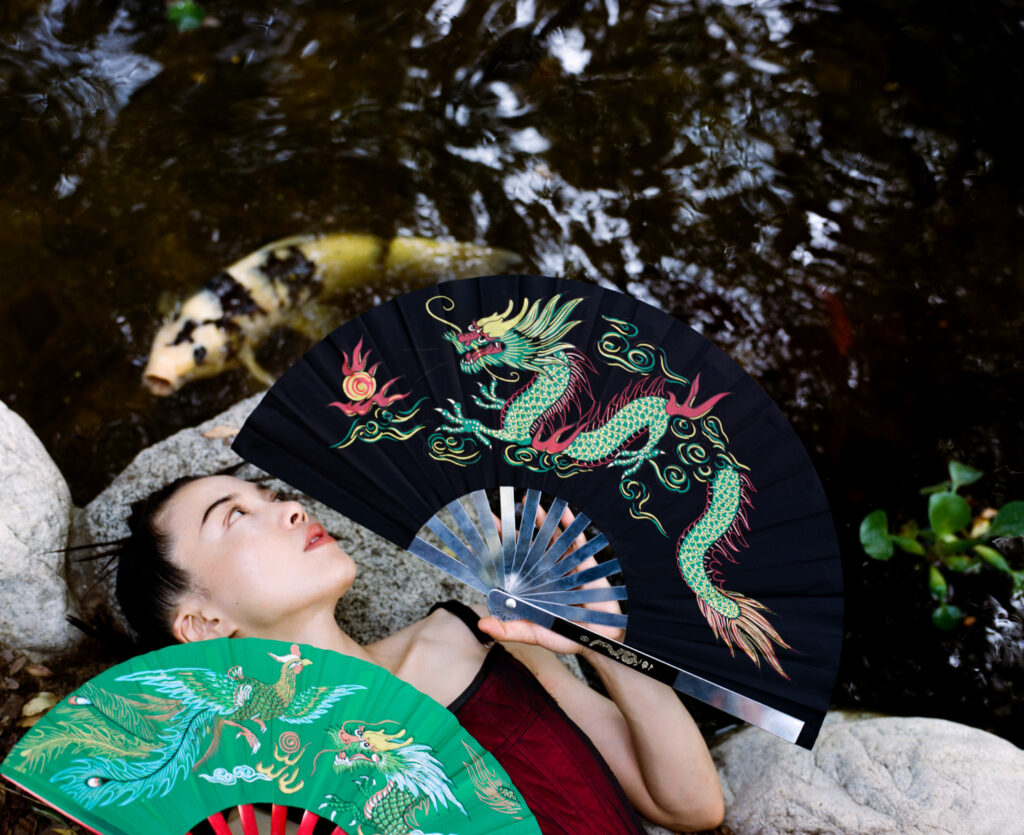
Vo Lam Tan Khanh Ba Tra
Sometimes referred to as Takhado outside of Vietnam, Vo Lam Tan Khanh Ba Tra is a traditional Vietnamese martial art. Its style is characterized by rapid movements, and the use of a number of farming materials and other common items like rakes and bamboo sticks as weapons. Some practitioners of the martial art have added fans to their arsenal of makeshift martial arts weapons.
The fan does not appear to be as prevalent in Vo Lam Tan Khanh Ba Tra as some other tools, and information in English isn’t easy to find. But there is a 2020 article from Vietnam Pictorial that profiles female martial artists using fans for defensive measures.
“The method of making these fighting fans is very different from making ordinary fans. For example, a fighting fan used in past battles has metal ribs and is made of silk so it can fit in a person’s hand. It is also known as an offensive weapon,” Son Nghia writes for the outlet.
“There are many types of fans used in martial arts such as iron fans, silk fans, paper fans and bamboo fans. According to master Ho Tuong of the Vo Lam Tan Khanh – Ba Tra martial arts school, a fighting fan is classified as a short weapon with certain advantages.The diversity in deployment of either having a fan spread out or folded can be used to push, shield, cover and protect the whole body effectively and flexibly.”
